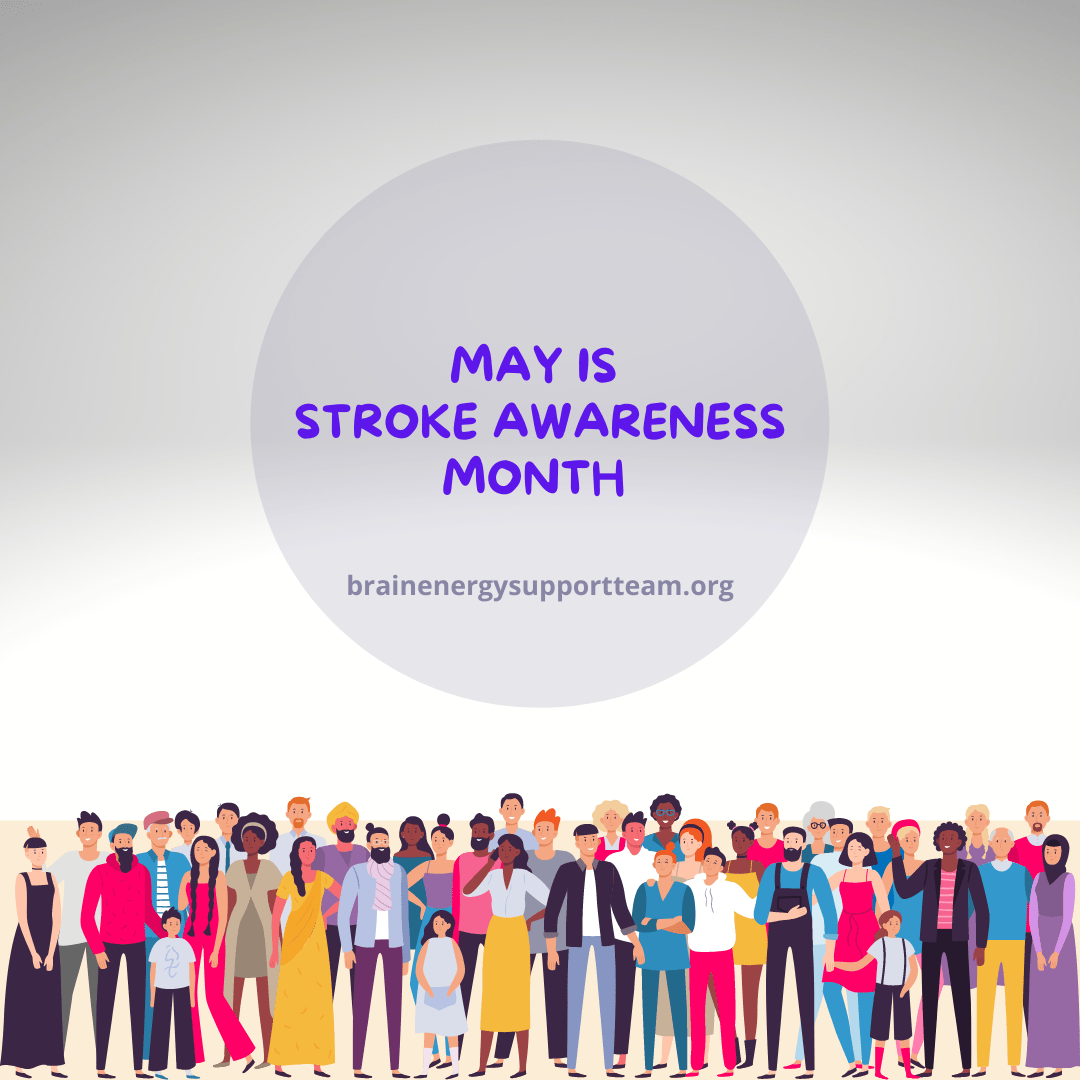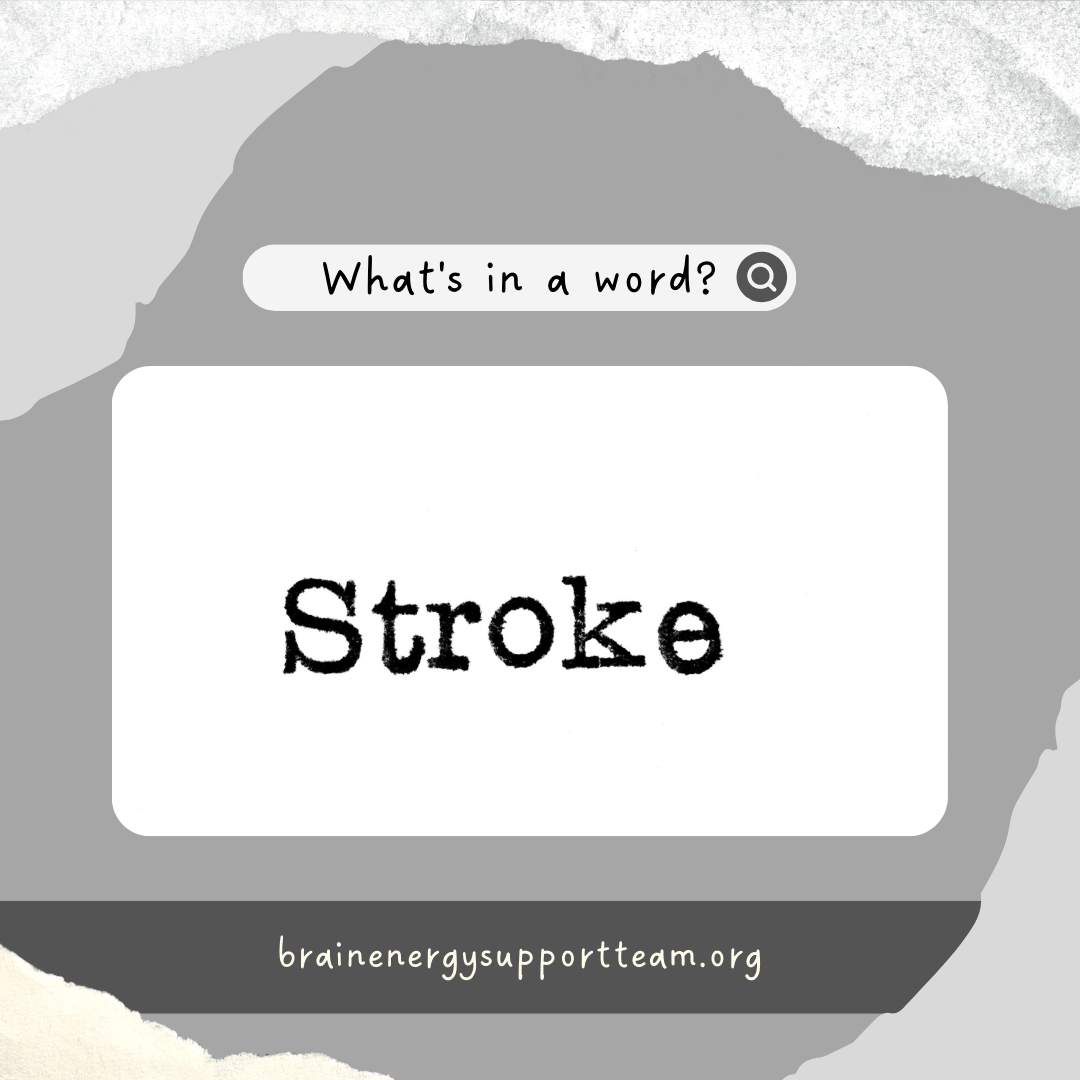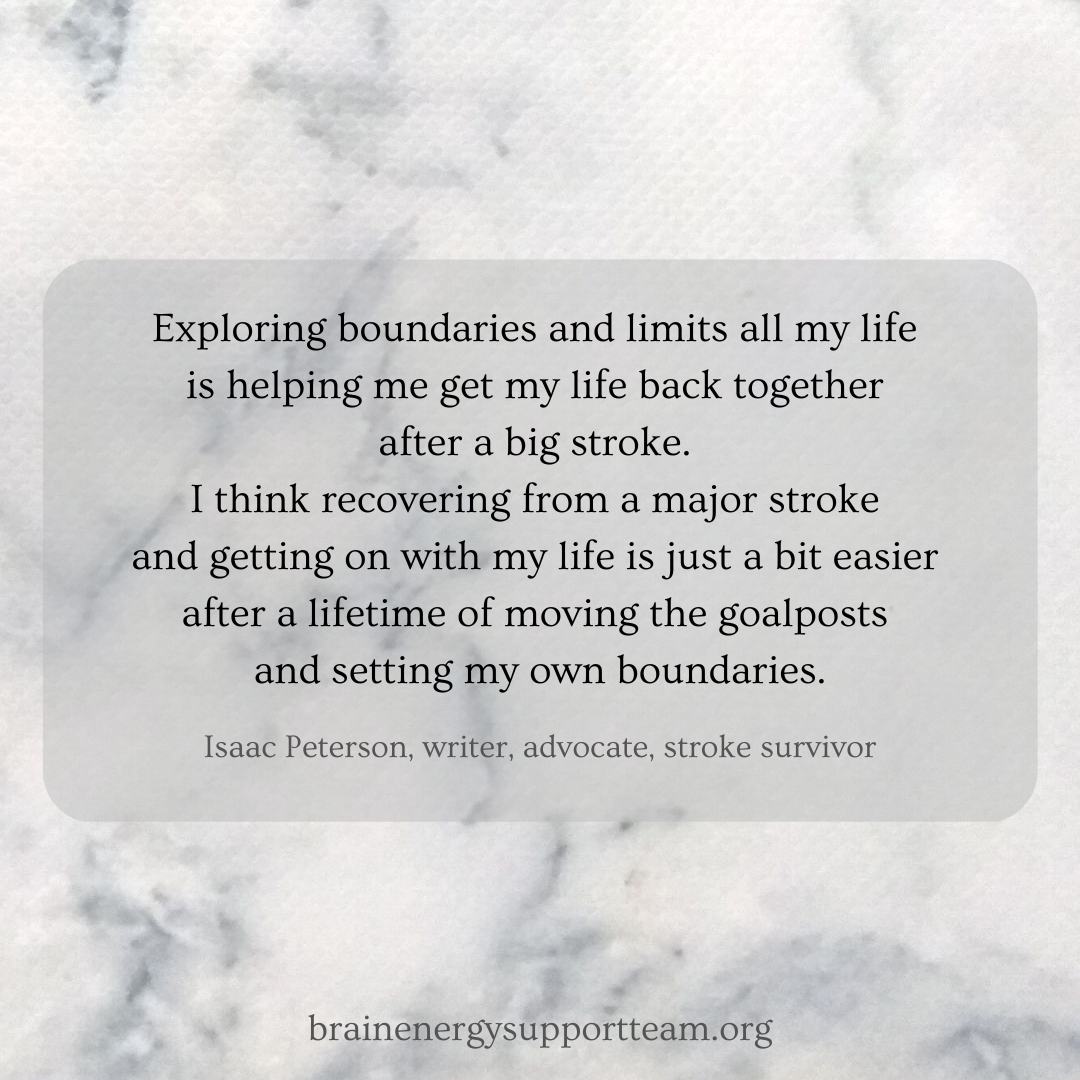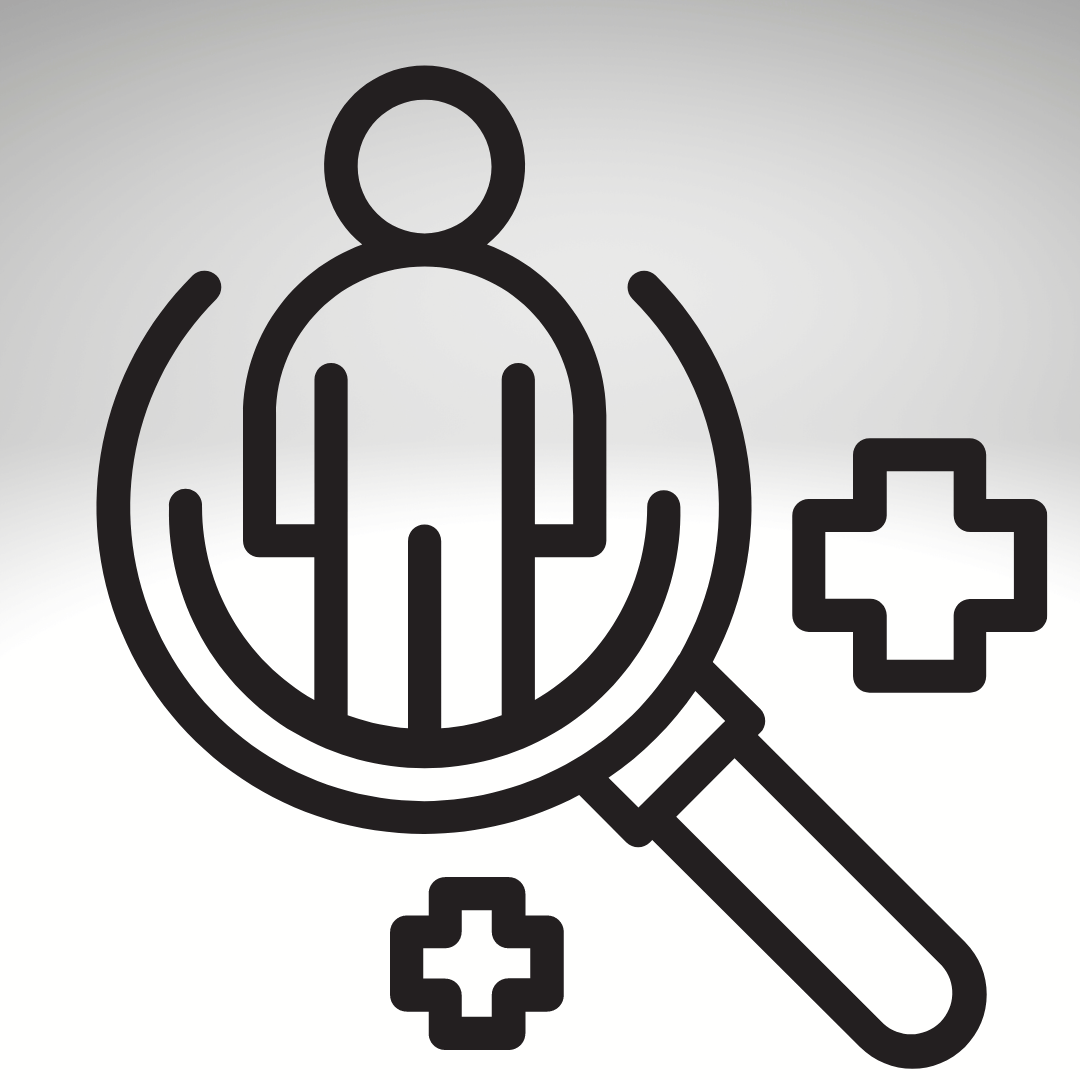Since the stroke I survived, I’ve run into quite a few people who have told me about somebody they know who had one or several mini-strokes.
Here, in this space, I’ve been recovering from a stroke all this time and writing about traumatic brain injuries and strokes. I never even thought of about mini-strokes, until now. Maybe it’s because I’ve mainly been looking at severe, life-changing strokes, like the one I survived. There was nothing mini about that one.
Mini-stroke is the common term for transient ischemic attack, or TIA for short.
First, ischemia happens when the blood flow to a part of the body is restricted, and in the case of TIA, the brain. When blood flow to the brain is reduced, so is the oxygen supply. Ischemia is kind of the opposite of hemorrhage, where there is too much blood flowing to a body part. These two conditions, ischemia and hemorrhaging are the two major kinds of strokes.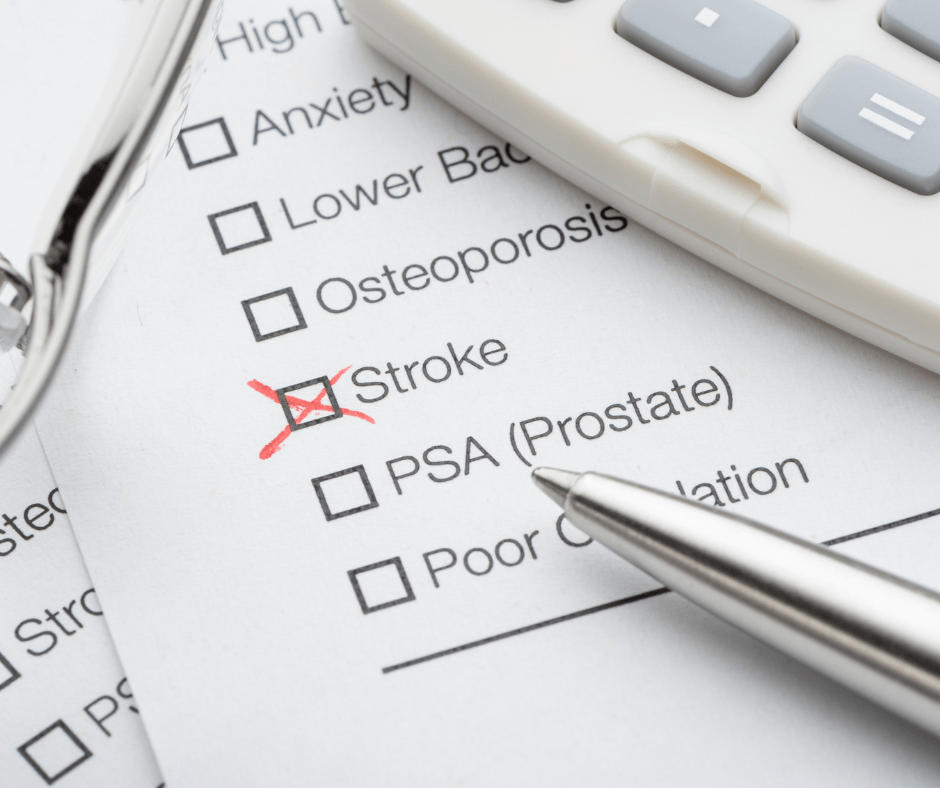
A TIA can appear suddenly. The symptoms and outward signs of a TIA are described by the acronym FAST:
Face: Muscles in the face may suddenly become slack. Part of the face may droop on one side, or the person may suddenly not be able to smile.
Arms: The person may not be able to raise one or both arms.
Speech: They may suddenly slur their speech, or not be able to understand others.
Treatment: The sooner that person gets medical treatment the better. Call 911 right away when you see these symptoms.
These are the main symptoms, but there are other ones possible, like lack of balance, dizziness, confusion, and trouble swallowing. Although a TIA isn’t a heavy kind of stroke, it’s still a stroke, and the FAST approach should be followed just as for any stroke. It’s pretty hard to figure out which is which sometimes.
The chances of experiencing a TIA can be lowered the same way as for any kind of stroke. Here are some important tips:
- Diet: Eat a heart healthy diet.
- Don’t smoke: if you smoke, quit.
- Avoid excessive use of alcohol.
- Get regular exercise.
- Keep track of your blood pressure and take necessary steps, including medication, to treat treat high blood pressure and keep it in check. It’s also a good idea to keep your cholesterol levels under control—but then you already knew that.
Blood clots can form in arteries clogged with fat and cholesterol and can trigger strokes, big and small. As a person gets older, arteries can naturally become narrower and increase the risk of strokes and heart attacks. Smoking, obesity, diabetes, high cholesterol and high cholesterol can speed up the artery-narrowing process and are to be avoided as much as possible.
A TIA lasts a relatively short period of time, usually just several minutes and doesn’t do the kind of damage a heavier stroke does, but it’s still a thing you really want to avoid.
Risk factors for any type of stroke include:
- Age. TIAs happen more often in people over 55.
- Ethnicity. People of South Asian, Caribbean or African descent are more susceptible to TIA partly because rates of high blood pressure and diabetes are higher in these groups.
- Weight and diet.
- Smoking and excessive alcohol use.
A TIA can happen to anyone at any time.
I’ll leave you with this video clip of a reporter named Serene Branson, experiencing what appears to be a TIA live on-air while covering the Grammys. Most people thought it was a TIA, but at least one physician thought it could be a complication from migraine headaches. Whichever it was, the onset of a TIA looks a lot like this.
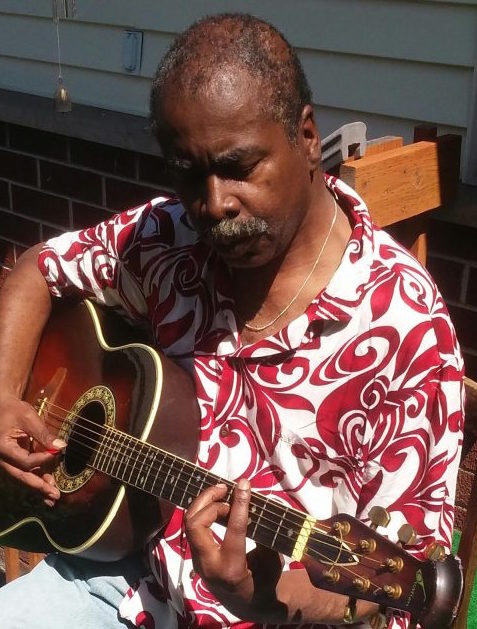 | Isaac Peterson grew up on an Air Force base near Cheyenne, Wyoming. After graduating from the University of Wyoming, he embarked on a career as an award-winning investigative journalist and as a semi-professional musician in the Twin Cities, the place he called home on and off for 35 years. He doesn’t mind it at all if someone offers to pick up his restaurant tab and, also, welcomes reader comments. Email him at isaac3rd@gmail.com. Read more articles by Isaac here; https://www.brainenergysupportteam.org/archives/tag/isaac-peterson |
|---|

